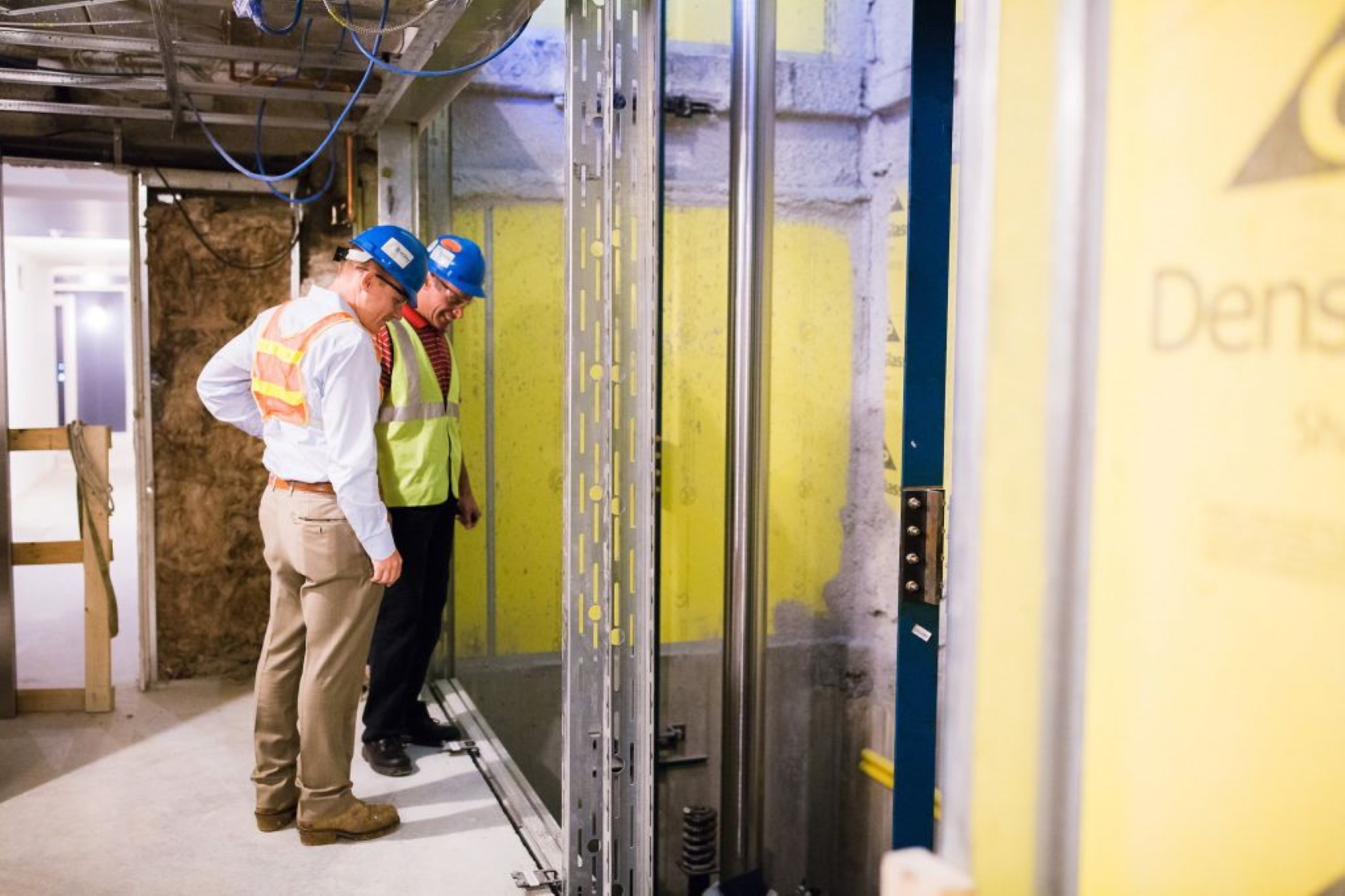Important Guide to Comprehending Disabled System Lifts and Their Performance
Comprehending the ins and outs of impaired system raises goes past plain recognition; it calls for an extensive grasp of their performance and design. The strict security policies and maintenance considerations associated with platform lifts are critical in ensuring their reliability and longevity - disabled platform lift.
Types of Disabled Platform Lifts
There are several kinds of disabled system raises made to offer availability for people with movement obstacles. Upright platform lifts are a preferred choice as they move directly and down, making them optimal for shorter distances and where room is restricted. These lifts are usually set up in homes, institutions, and business structures to help mobility device customers in navigating various levels. Inclined system lifts, on the other hand, are ideal for locations where an upright lift may not be viable due to architectural restraints. These lifts comply with the incline of staircases, providing a smooth and secure ride for individuals with movement concerns.
An additional kind of impaired system lift is the mobile lift, which uses flexibility and comfort. Each kind of handicapped platform lift offers an unique purpose in enhancing accessibility and enhancing the quality of life for individuals with movement challenges.
Secret Parts and Systems
Disabled platform lifts, such as upright and likely lifts, depend on certain essential components and mechanisms to ensure smooth and secure transport for individuals with movement challenges. One necessary element of these lifts is the platform itself, which functions as the structure for transporting individuals - lift service companies. The platform is made to be durable, spacious sufficient to suit mobility devices or movement devices, and equipped with safety functions such as guardrails and non-slip surfaces to avoid accidents throughout transit

Furthermore, safety and security sensing units and emergency stop switches are incorporated into handicapped system lifts to boost user safety and prevent crashes. These elements work with each other to produce a reputable and effective transport service for individuals with mobility impairments.
Installment and Maintenance Considerations

Regular upkeep is similarly important to maintain handicapped system raises running efficiently. Set up assessments, lubrication of moving components, and testing of security features must be performed according to the maker's recommended routine. Any kind of signs of wear and tear need to be attended to promptly to avoid additional damages and make certain the lift operates dependably. Additionally, having a maintenance log to track solution background and interventions can assist in determining patterns and possible issues prior to they intensify. By focusing on proper setup and attentive maintenance methods, the long life and performance of disabled system lifts can be made best use of, benefiting both individuals and center supervisors.
Security Functions and Laws
Ensuring conformity with safety guidelines is critical when evaluating the efficiency of safety and security functions in disabled platform lifts. Safety and security features frequently found in handicapped platform lifts include emergency situation quit switches, safety barriers, interlocks, and under-platform sensors. Interlocks make sure that the lift doors are securely closed prior to the lift runs, enhancing individual safety and security.
Advantages of Using Platform Lifts
Conformity with safety guidelines and the implementation of crucial security features in handicapped platform lifts add to the overall advantages of utilizing these lifts for people with handicaps. Beyond security, system lifts provide a variety of benefits that improve ease of access and ease. One primary advantage is the lift modernization increased freedom they provide to customers with movement challenges. By using a reliable means of vertical transport, system lifts encourage people to access different levels of a structure without support, promoting a feeling of freedom and flexibility. Additionally, platform lifts are flexible and can be mounted in different setups, including homes, schools, and industrial buildings, making them a functional option for a large range of settings. These lifts likewise advertise inclusivity by ensuring that people with disabilities can navigate rooms alongside their able-bodied peers. On the whole, the benefit, self-reliance, and inclusivity facilitated by system lifts considerably improve the top quality of life for people with handicaps, making them an indispensable accessibility service.

Final Thought
In verdict, impaired system raises come in different kinds with crucial components and systems that allow for secure and efficient procedure. The advantages of using system lifts consist of boosted access and freedom for individuals with impairments.